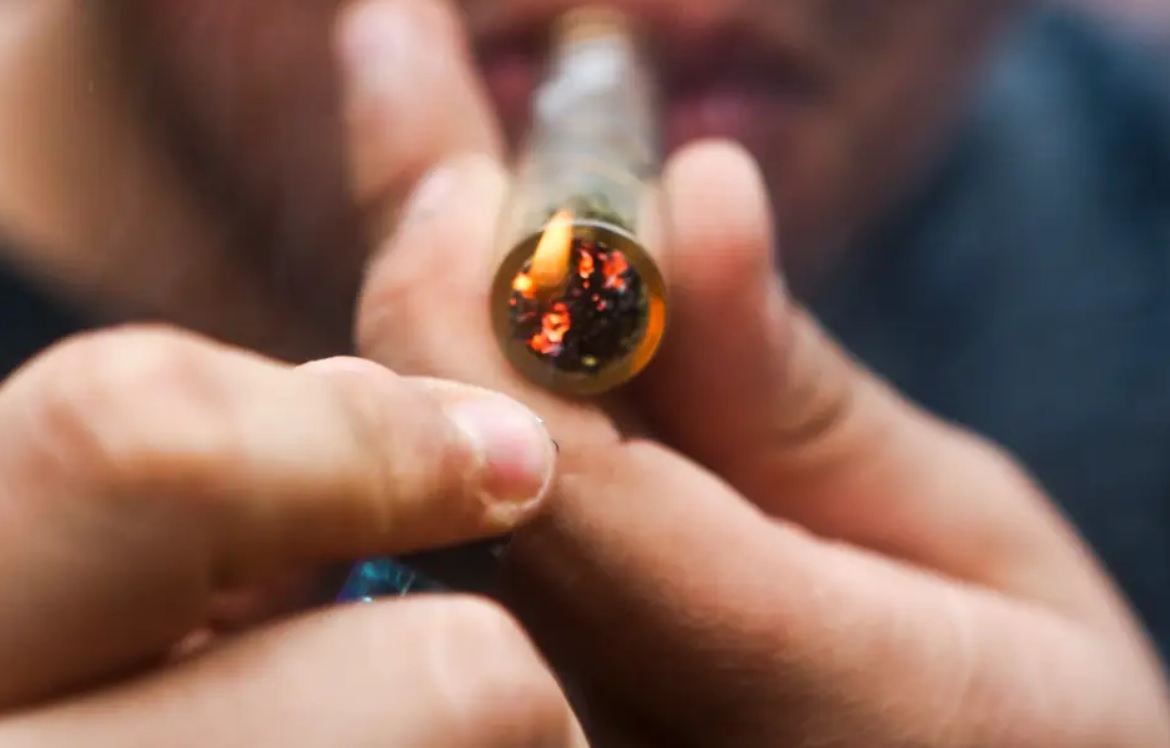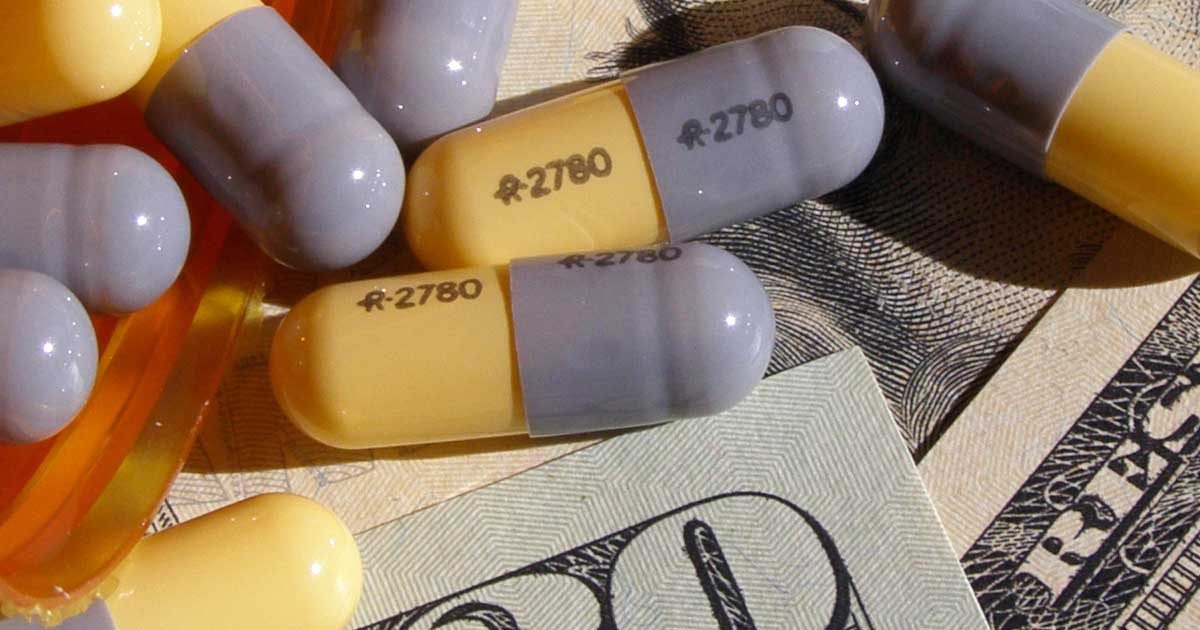The Department of Health and Human Services’s Substance Abuse and Mental Health Services Administration has proposed to allow federal agencies and certain regulated businesses to drug test workers’ hair.
“Hair testing potentially offers several benefits when compared to urine, including directly observed collections, ease of transport and storage, increased specimen stability, and a longer window of drug detection,” the Substance Abuse and Mental Health Services Administration (SAMHSA) argued.
This is a method that science shows could disproportionately lead to people of color losing their jobs.
“It’s shameful that these harmful federal drug testing guidelines are even being considered again,” Rep. Barbara Lee (D-CA), co-chair of the Congressional Cannabis Caucus, told Marijuana Moment. “Not only is hair follicle testing discriminatory against people of color due to its sensitivity to melanin and darker hair, it gives no indication of someone being impaired on the job. This just goes to show how far behind the federal government is on cannabis policy.”
Paul Armentano, deputy director for the advocacy group NORML, said it is “mind-boggling that, in 2020, SAMHSA is considering expanding federal drug testing guidelines.”
“Hair follicle testing is highly problematic,” Armentano added. “A positive test, even when confirmed, provides neither evidence of behavioral impairment nor recent drug exposure. Moreover, the sensitivity and accuracy of the test is highly variable.”
“Arguably most problematic,” Armentano said in an email, “is the reality that these tests discriminate against certain ethnicities because it is influenced by melanin content and is thus more sensitive to those with darker hair—while far less sensitive to those with gray hair.”
Other factors, such as humidity and hormones, could also affect test outcomes, Armentano also said.
To protect workers from false positives and ensure that hair tests hold up in court, the proposal includes a directive that an alternate specimen, such as urine or saliva, be collected in order to verify a positive hair-test result. “This two-test approach,” SAMHSA’s summary says, “is intended to protect federal workers from issues that have been identified as limitations of hair testing, and related legal deficiencies.”



